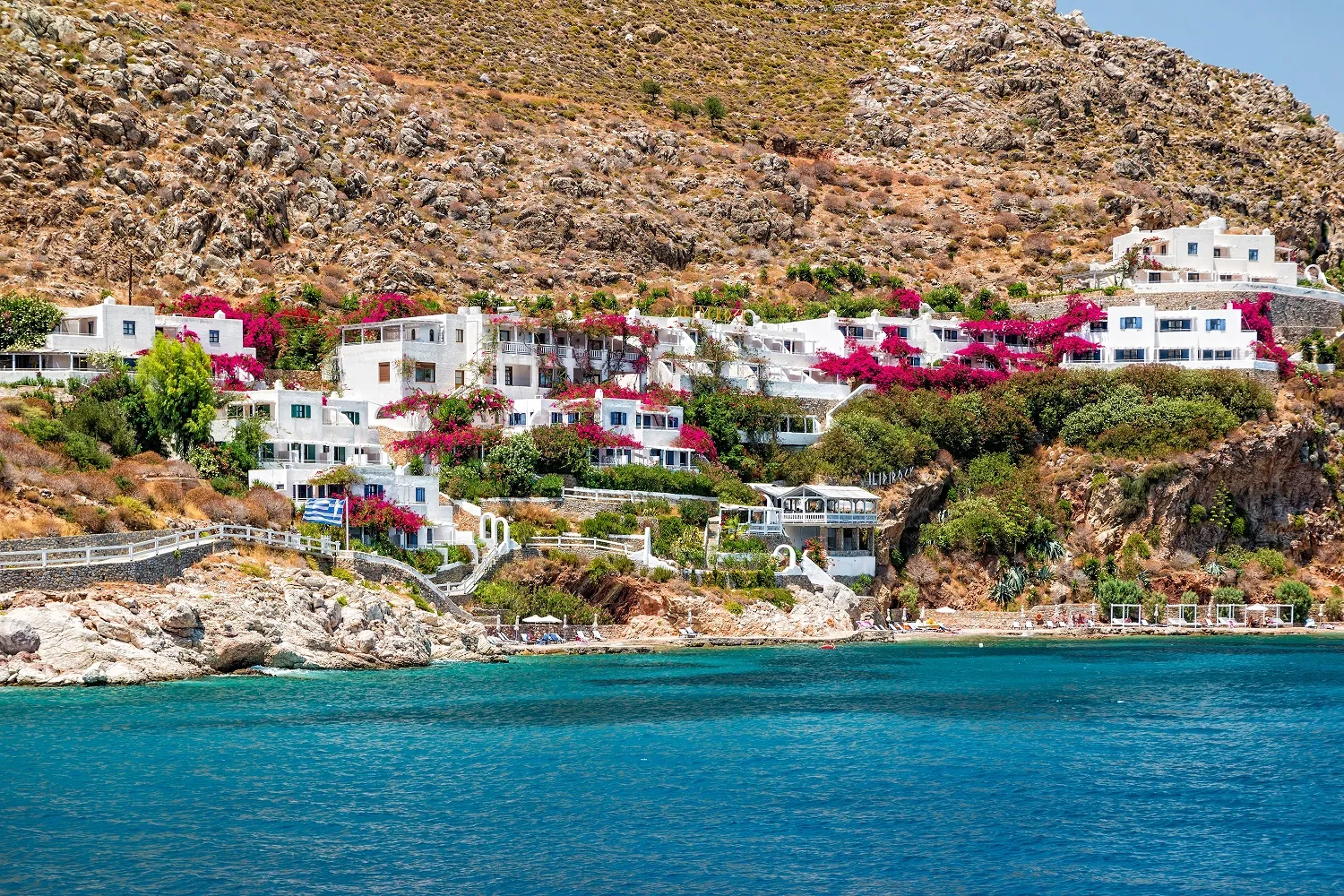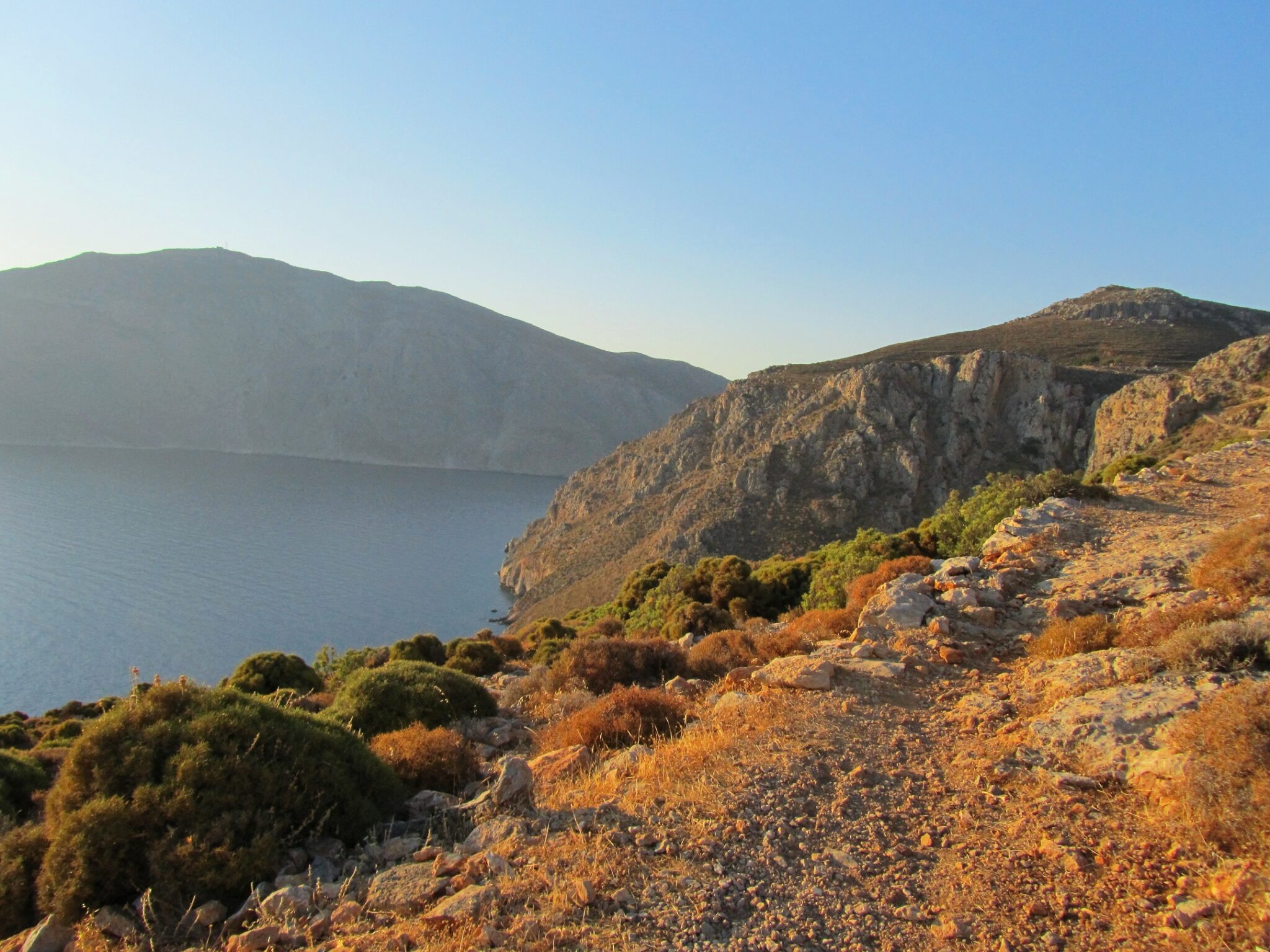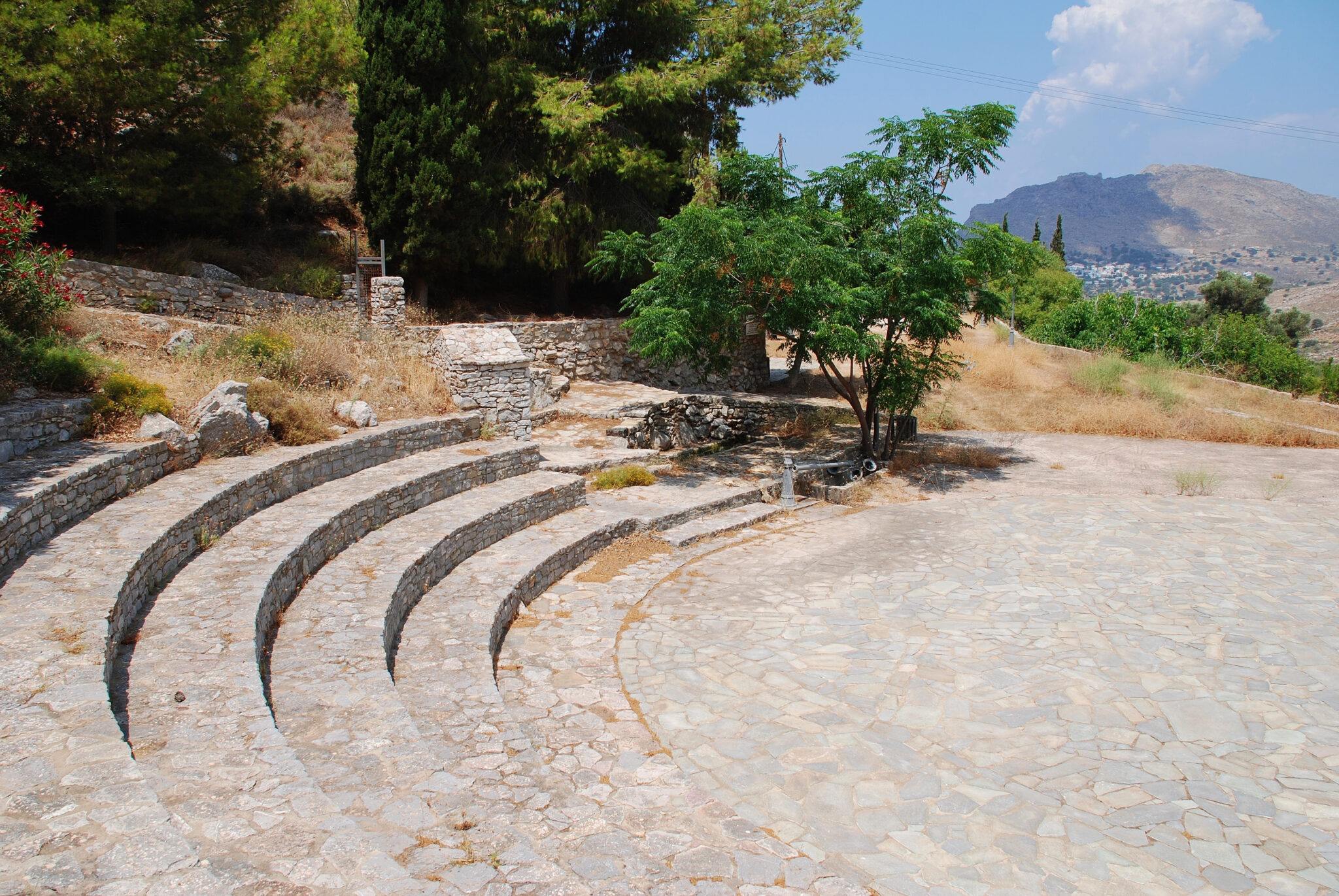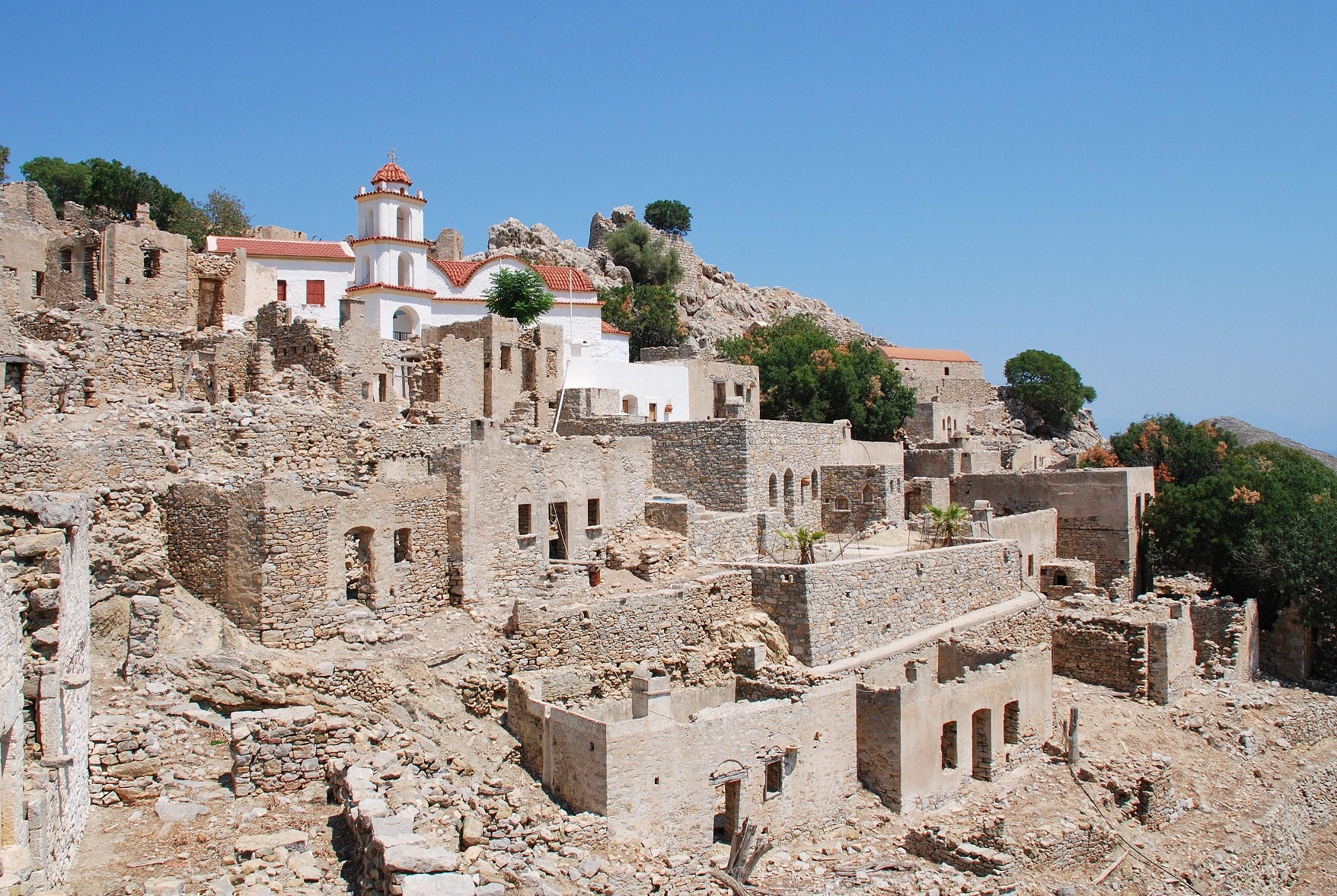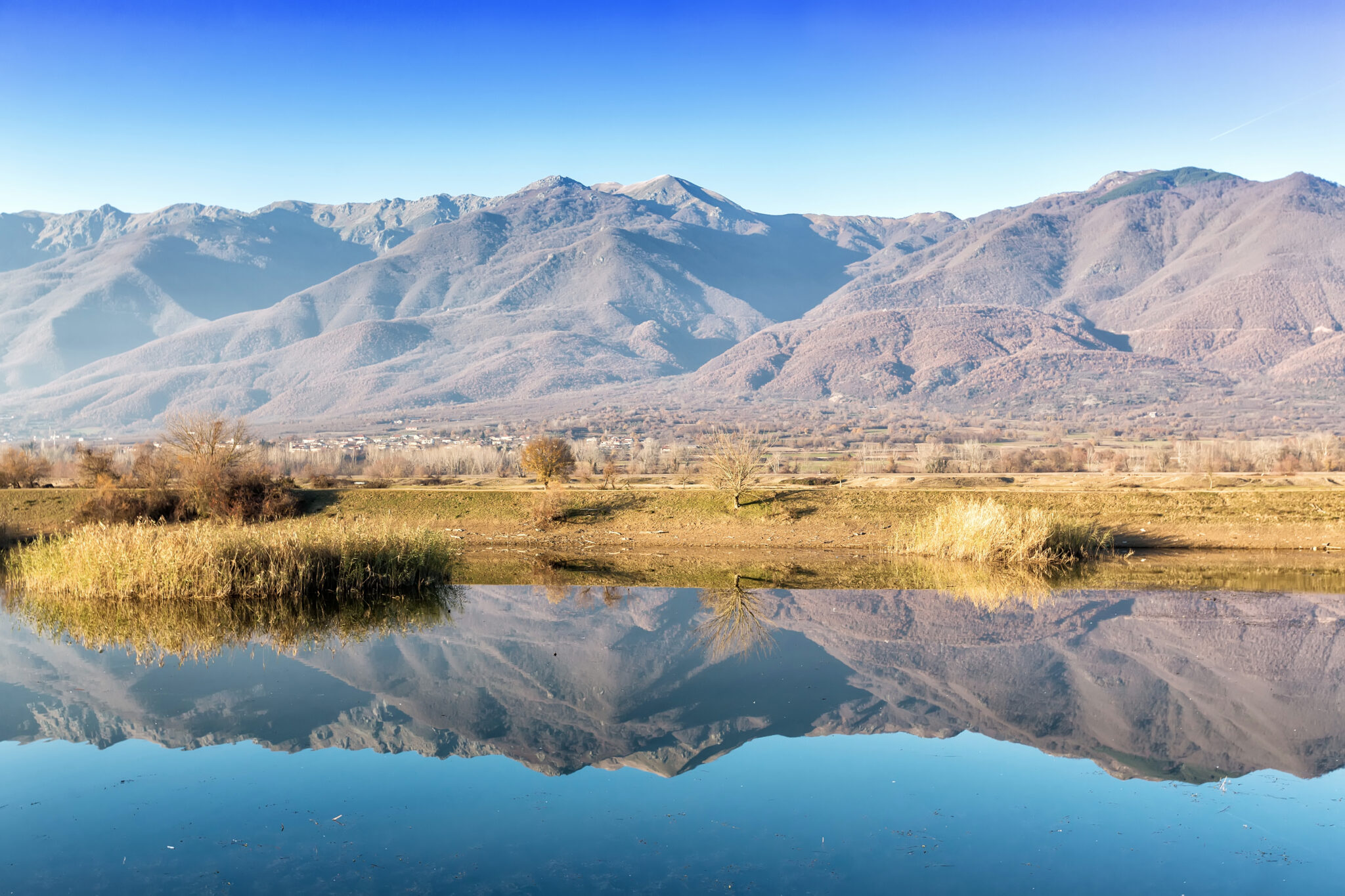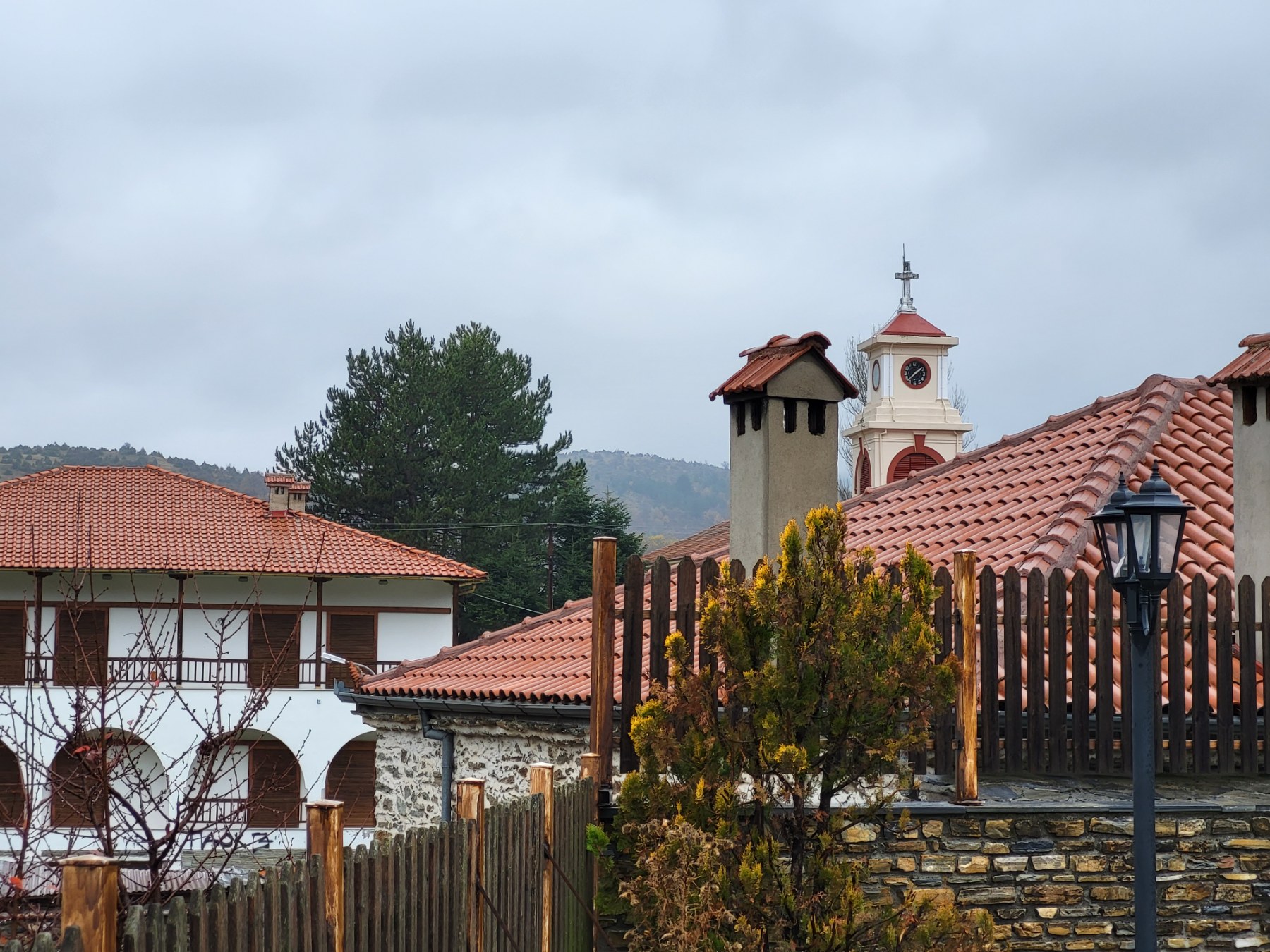The Greek Dodecanese island of Tilos, a tiny speck on the map somewhere between Nisyros, Halki and Symi, has remained unchanged despite the rapid growth of tourism in Greece and the wider Mediterranean region. It is unspoiled and rugged but remains hospitable and few places in Greece continue to offer such remote, seductive charm.
This off-beat spot possesses a deep history stretching back to the Neolithic period when experts estimate first communities began to establish themselves on the island. Tilos is small and generally easy to cover, and it can be explored over and over. Take in the ancient aura, swim at the remote beaches, sense the energy of Tilos’ medieval background stretching from the Castle of the Knights to the fascinating abandoned village of Mikro Horio, and visit the Paleontological Museum near Megalo Horio, where fossilized bones of dwarf elephants are exhibited.
It is not an exaggeration to claim that Tilos is one of the few places where the social structure has remained unchanged over centuries; ancient legends appear to live on here. Spending just a few days on this microscopic isolated Greek island promises an unforgettable experience that will transports you back in time.
Ferryboats run at least two to three times a week from Piraeus to Livadia, Tilos’ charming and quiet harbour. Keep in mind that the voyage to Tilos is rather long, taking 14 hours. Alternatively, visitors may catch a flight to Kos and then make a short hour-long boat crossing to Tilos. For most visitors, Livadia is the most convenient place to stay at on the island, even if travelling without transport, as it offers swift access to most local services.
What to see
Trekking along the superb island paths
Though Tilos is small, having wheels on the island is extremely useful if you intend to spend most of your time beyond Livadia, as the terrain away from the harbour can be demanding. Keep in mind that a limited number of vehicles are available for rent on Tilos, so booking in advance is strongly advised.
Avid trekkers may roam about freely in Tilos’ magical mountain areas, along rugged paths offering breathtaking views. Paths beginning at the port run to the north of island, as well as to some of Tilos’ purest beaches, including the gorgeous spots of Limenarin and Agios Petros. These beaches are only accessible by sea or on foot. The island paths, covering a total distance of 54 km, are a major draw for visitors from all over. Some of the routes are not signposted but do not worry as the network leads to
some of the most unspoiled areas to be seen in the Aegean. Make a stop at Gera, an abandoned village, and continue your walk all the way to Koutsoubas, a remote cape for a mesmerising view of the wide open sea. If you are in the mood for a swim on the way back, head down to the petite and exceptional Agios Zaharios.
Another fantastic route runs all the way to the medieval Castle of Knights, an island landmark that offers an amazing view. Avoid trekking during midday and early afternoon hours when the sun is harshest and come equipped with a hat, sunblock and plenty of water.
Paleontological Museum
Tens of thousands of years ago, when the Earth’s morphology differed greatly to today, the last European elephant as they were later called by palaeontologists, took advantage of a sudden drop in sea levels and narrower gaps between continental masses to reach the Dodecanese. A great number of these elephants made it to Tilos, settling at the Harkadio cave in Mesaria, where they lived as a group for over 50,000 years. In 1971, Nikolaos Symeonidis, a palaeontologist and geologist, led a team that discovered a significant number of fossilized bones at this cave.
These dwarf elephants had a height of up to 1.40 metres, as revealed by skeletons discovered and on show at the museum. The skeleton of a baby elephant discovered in the cave is also exhibited. Local authorities intend to open the Harkadio cave to the public as part of the museum’s overall offering. The Paleontological Museum, also known as the Museum of Dwarf Elephants, is open Tuesday to Sunday (9am – 8pm).
Mikro Horio
Mikro Horio, an ancient settlement in the Tilos hinterland brings to life the history of the island’s distant past. The village was once a lively, organised medieval settlement but people began leaving from the 1940s onwards, until the village was completely abandoned by the mid-1950s. Surprisingly, today, the dilapidated houses and ruins come to life at night courtesy of a terrific bar with a view. It stays open until the early-morning hours making it a great sunrise spot.
Agios Panteleimonas monastery
Agios Panteleimonas, a mid-14 th century monastery of monumental importance for the island’s religious history is built on the steep slopes of Tilos, and it is a destination for more daring trekkers who attempt to reach this challenging point on foot. The interior features many impressive frescoes and icons, and priceless works of art all capped by the tall, imposing dome. Every summer on July 26th and 27th, the biggest panigyri (a church-centred celebration with music and food) on the island takes place at the monastery, paying tribute to Saint Panteleimon.
Read also:
Tilos: Your guide for a lovely trip to this heavenly island of the Aegean



